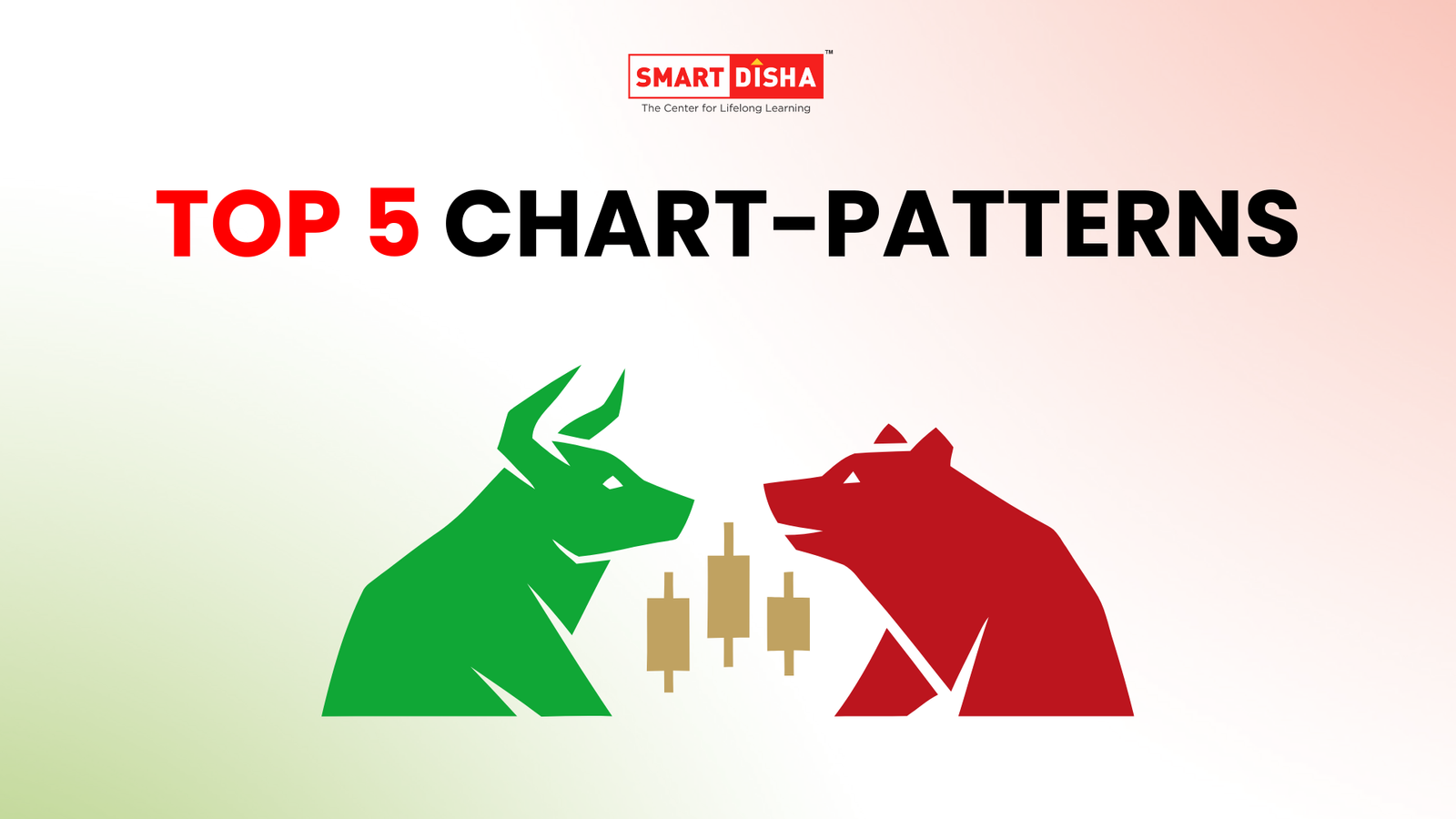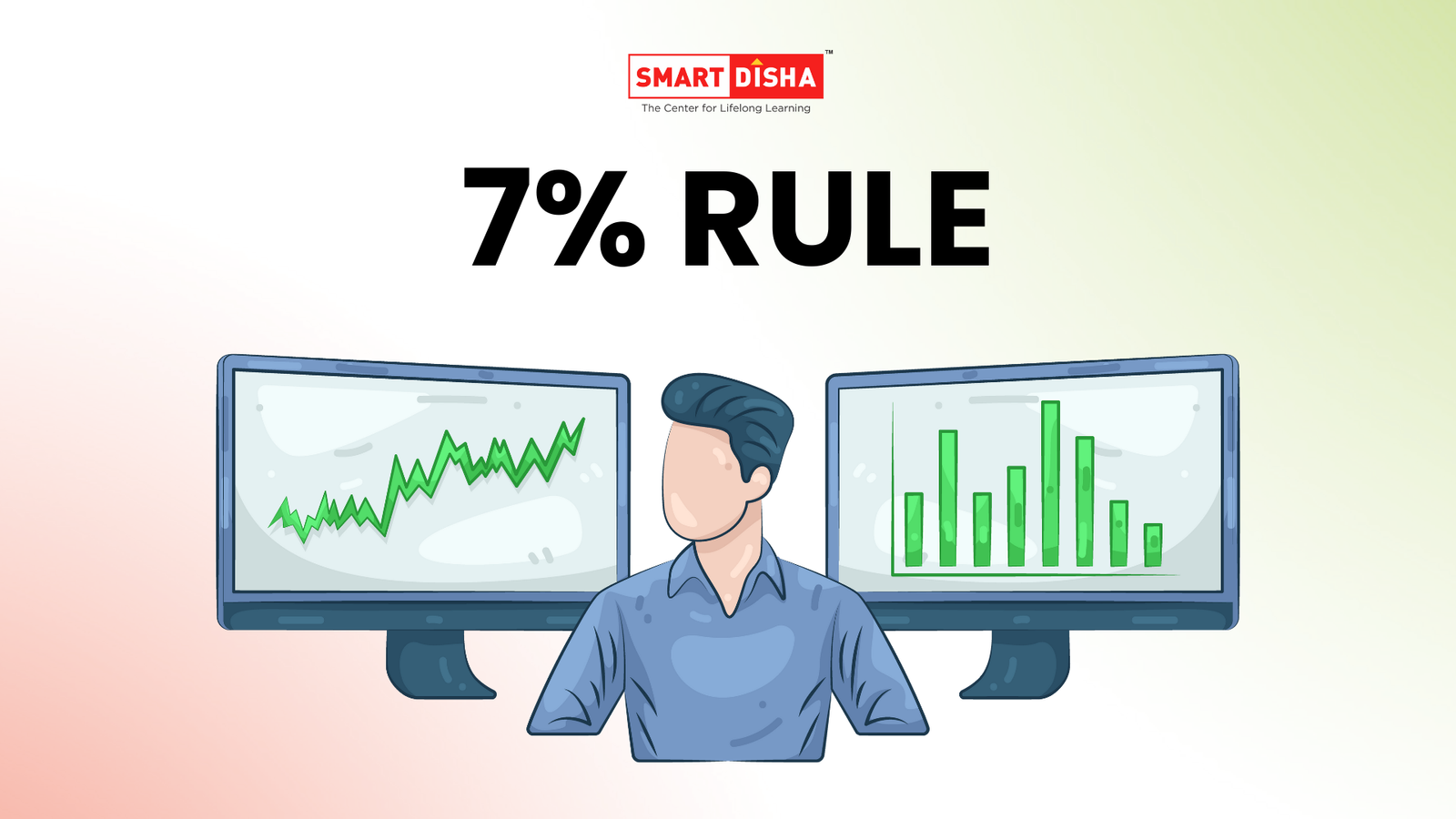Why Use Both Analyses Together?
When it comes to investing in the stock market, picking the right stock can seem overwhelming. If you’re a beginner or even an intermediate investor, you might have heard about technical analysis and fundamental analysis—two popular methods for analysing stocks. But which one should you use? Here’s a tip: why not use both?
Combining these two methods gives you a clearer picture of whether a stock is worth investing in and when to buy or sell it. In this blog post, we’ll break down how you can easily combine technical and fundamental analysis, making your stock-picking decisions smarter and more reliable.
What is Technical Analysis?
Let’s start with technical analysis. Technical analysis looks at stock price movements and trading volumes to predict future prices. Think of it as checking the “mood” of the market by looking at price charts.
For example, if you are watching Reliance Industries on the NSE (National Stock Exchange) and see a candlestick chart, you’re looking at a key tool in technical analysis. Tools like RSI (Relative Strength Index) and MACD (Moving Average Convergence Divergence) are popular indicators used by traders to decide when to buy or sell.
In India, platforms like Sharekhan, Investing.com and TradingView are commonly used for technical analysis because they offer advanced charting tools that are easy to understand.
Quick Tip:
Have you tried using technical charts to spot trends in stocks like Reliance or Infosys? If not, now’s a great time to explore these tools!
What is Fundamental Analysis?
Now, let’s talk about fundamental analysis. Instead of focusing on price charts, fundamental analysis digs deeper into the company’s financials, like its revenue, profits, debts, and market position.
For instance, if you’re thinking about investing in Tata Consultancy Services (TCS), you’d look at its financial statements—things like its quarterly earnings report, the company’s debt levels, and even industry trends. This helps you understand if the company is solid and if its stock is fairly priced.
Platforms like Moneycontrol and Screener.in are widely used by Indian investors to perform fundamental analysis. You can use these tools to check key ratios like P/E ratio (Price-to-Earnings) and ROE (Return on Equity) for Indian companies.
Why Combine Both Analyses?
Why stop at using just one method when you can get a more complete picture by combining both?
Technical analysis helps you decide when to buy or sell, while fundamental analysis helps you determine what to buy. When used together, these two methods help you make smarter, more informed decisions.
For example, you may find that Infosys has strong financials (through fundamental analysis), but the stock might be overbought at the moment (through technical analysis). In such a case, you could wait for a better entry point based on technical signals.
Step-by-Step Guide: How to Combine Technical and Fundamental Analysis
Here’s how you can start combining both analyses for smarter stock picks:
Step 1: Perform Fundamental Analysis
Start by checking the fundamentals of a company. Look at financial ratios like:
- P/E Ratio: Is the stock priced fairly compared to its earnings?
- ROE (Return on Equity): How efficiently is the company using its equity to generate profit?
Let’s say you are analyzing Tata Motors. You would first check its quarterly earnings and financial statements to see if the company is making steady profits and has good growth potential.
Step 2: Use Technical Analysis for Timing
Once you’ve done your fundamental research and are convinced the stock is strong, use technical analysis to find the best time to buy. Tools like:
- RSI (Relative Strength Index): Check if the stock is overbought or oversold.
- MACD (Moving Average Convergence Divergence): Identify potential buying and selling opportunities.
For example, after finding that Tata Motors is financially strong, you can use the RSI tool on Sharekhan, TradingView, or Investing.com to see if it’s a good time to enter or wait for a better price.
Step 3: Integrate Both for Better Decision-Making
Let’s say Tata Motors just released a strong quarterly earnings report (fundamental analysis), but the RSI shows the stock is overbought (technical analysis). You might wait until the RSI comes down before making your purchase. This way, you’re not only buying a fundamentally sound stock but also timing your purchase to maximize gains.
Best Tools for Combining Technical and Fundamental Analysis in India
Here are some popular tools you can use to combine both analyses for Indian stocks:
- Sharekhan: Excellent for both charting (technical analysis) and fundamental insights.
- Trendlyne: A user-friendly platform for fundamental research on Indian stocks.
- Moneycontrol: Best for tracking financials and company news.
- Screener.in: Great for in-depth financial analysis of Indian companies.
Example Case Study: Using Both Analyses on Infosys
Let’s say you’re interested in Infosys. You start with fundamental analysis by checking its recent earnings report on Moneycontrol. The company shows steady revenue growth and healthy profit margins. Next, you move to technical analysis on TradingView and notice a bullish pattern forming on the price chart, with the MACD indicating a potential upward trend.
By combining both methods, you decide that Infosys is not only fundamentally strong but also poised for a good entry point, and you make your purchase.
Conclusion:
By combining both technical and fundamental analysis, you’ll have a much better understanding of when and what to buy. Don’t limit yourself to one approach. Use these tools to make more confident and smarter stock-picking decisions in the Indian market.
Ready to start integrating these strategies into your investment routine? Try it with your next stock pick and see how both methods can complement each other for better results.
FAQ Section:
Q1: How do I combine technical and fundamental analysis for Indian stocks?
Start by analyzing the company’s financials (fundamental analysis), then use technical indicators like RSI and MACD to find the best time to buy or sell.
Q2: Which is better for Indian stocks: technical or fundamental analysis?
Both are important. Fundamental analysis tells you if the stock is worth buying, while technical analysis helps you time your trades better.




